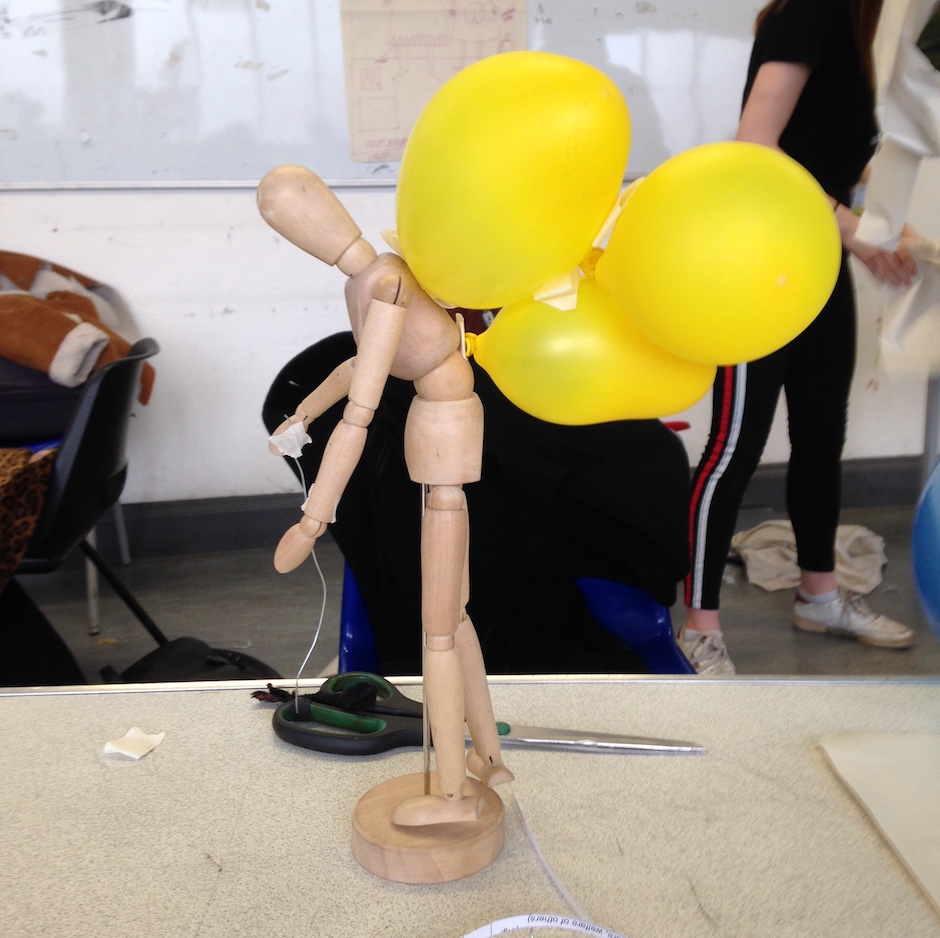I settled down with some trepidation and excitement to BEGIN working towards my PG CERT, hoping to harness the positive energy of new the new year and new beginnings. I began with a chosen text, a piece written by Michelle Salmon, Associate lecturer at Central St Martins on the BA (Hons.) Graphic Communication Design course. It caught my eye as it entered around the act of drawing, a practice that is woven into my work as a theatre designer and my teaching on the Performance course at the London College of Fashion.
The article describes the progress of a pilot scheme called “Drawing Laboratory” that took place in 2015 at Central St. Martins over 6 weeks. Its focus was to “construct a case for recognition of the value of drawing as a learning too, whilst ensuring the learners experience fostered critical reflectivity”. Each workshop was described, contextualised and a sample of feedback offered. The conclusion offered a compelling case for the re-integration of drawing as a fundamental practice art and design training, or in any discipline, as it “plays a valuable role in encoding and distilling visual experience and transforming it into a concrete and substantive form”.
I found it fascinating to understand this aspect of drawing, as I have sought out ways to “sell’ or promote the elective drawing sessions that are offered on our course. Students seem to see life drawing in particular as a sort of exercise chore ( something you may make New years resolutions about somewhat grudgingly!) that you should do as it is good for you but actually dread. Equally they see it as challenging and hard, and judge their own skills harshly in comparison to the task. I often spend time trying to reframe the way that drawing can sit in their practice to sidestep some of these pre-conceptions.
This article adds another way I can help students see how brilliant drawing can be, applying to their working life and their creative flow. In Costume and Make-up design it is not only an important way of communicating the results of our thoughts and ideas to the many people that we collaborate with, it is, in itself a way of thinking. Now I can add that it is a google system that can help us recall that set of experiences and perspective that are uniquely ours. As artists our currency is our uniqueness: our physiology, physiology and history that combines to make a specific person recording, reflecting and interpreting the world. Drawing then helps us to enhance and reflect the complexity and nuance of our way of seeing.
It is interesting that the article comments on our modern habit of sub-contracting the storage and retrieval of our memories to digital programmes, degrading our ability to recall for ourselves.I think this is a fascinating debate, particularly within the more recent context of AI technologies. Christmas is often a time when groups of beloved friends and families go through their memory rituals, telling old stories and jokes AGAIN, looking through albums or object collections, putting on slide shows. The images are the catalysts, often prompting the anecdote and sometimes a new detail that adds to the patchwork of the story. Sometimes the VHS tape, polaroid or slide degrades like our memories do and that quality of decay, the glitch or the colour burnout, becomes a cypher for past time. Like the action of drawing, the action of telling and re-telling ( a performance) becomes the way that the ultimate archive of our bodies keeps its treasure, or a student keeps their learning.

